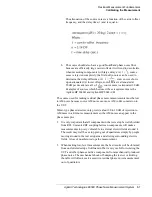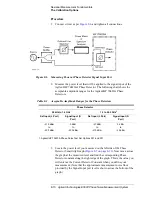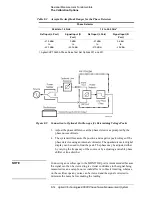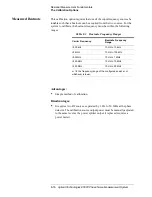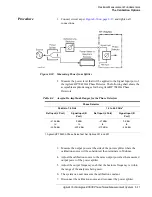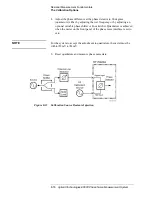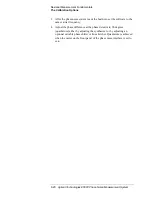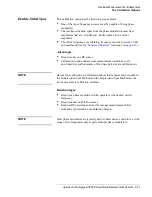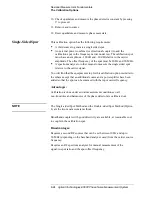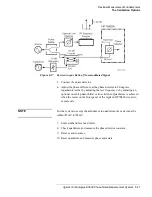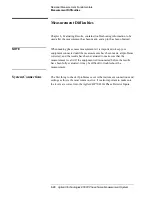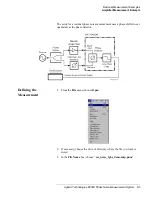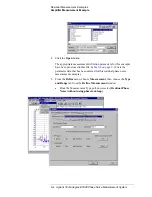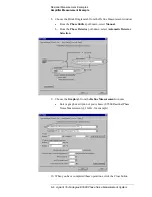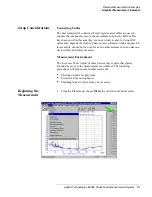
Agilent Technologies E5500 Phase Noise Measurement System
8-21
Residual Measurement Fundamentals
The Calibration Options
Double-Sided Spur
This calibration option has the following requirements:
•
One of the input frequency sources must be capable of being phase
modulated.
•
The resultant sideband spurs from the phase modulation must have
amplitudes that are –100 dB and –20 dB relative to the carrier
amplitude.
•
The offset frequency or modulation frequency must be between 10 Hz
and maximum (See the
technique on
).
Advantages:
•
Requires only one RF source
•
Calibration is done under actual measurement conditions so all
non-linearities and harmonics of the phase detector are calibrated out.
NOTE
Because the calibration is performed under actual measurement conditions,
the Double-sided Spur Method and the Single-sided Spur Method are the
two most accurate calibration methods.
Disadvantages:
•
Requires a phase modulator which operates at the desired carrier
frequency.
•
Requires audio calibration source.
•
Requires RF spectrum analyzer for manual measurement of
Φ
M
sidebands or preferably a modulation analyzer.
NOTE
Most phase modulators are typically narrow-band devices; therefore, a wide
range of test frequencies may require multiple phase modulators.

